Federalism Newly in Focus as Governors Take Frontline Action
PBS Wisconsin sits down with UT-Austin professor Don Kettl, formerly of UW-Madison's La Follette School of Public Affairs, to discuss what federalism means during a global pandemic.
By Andy Soth
April 15, 2020
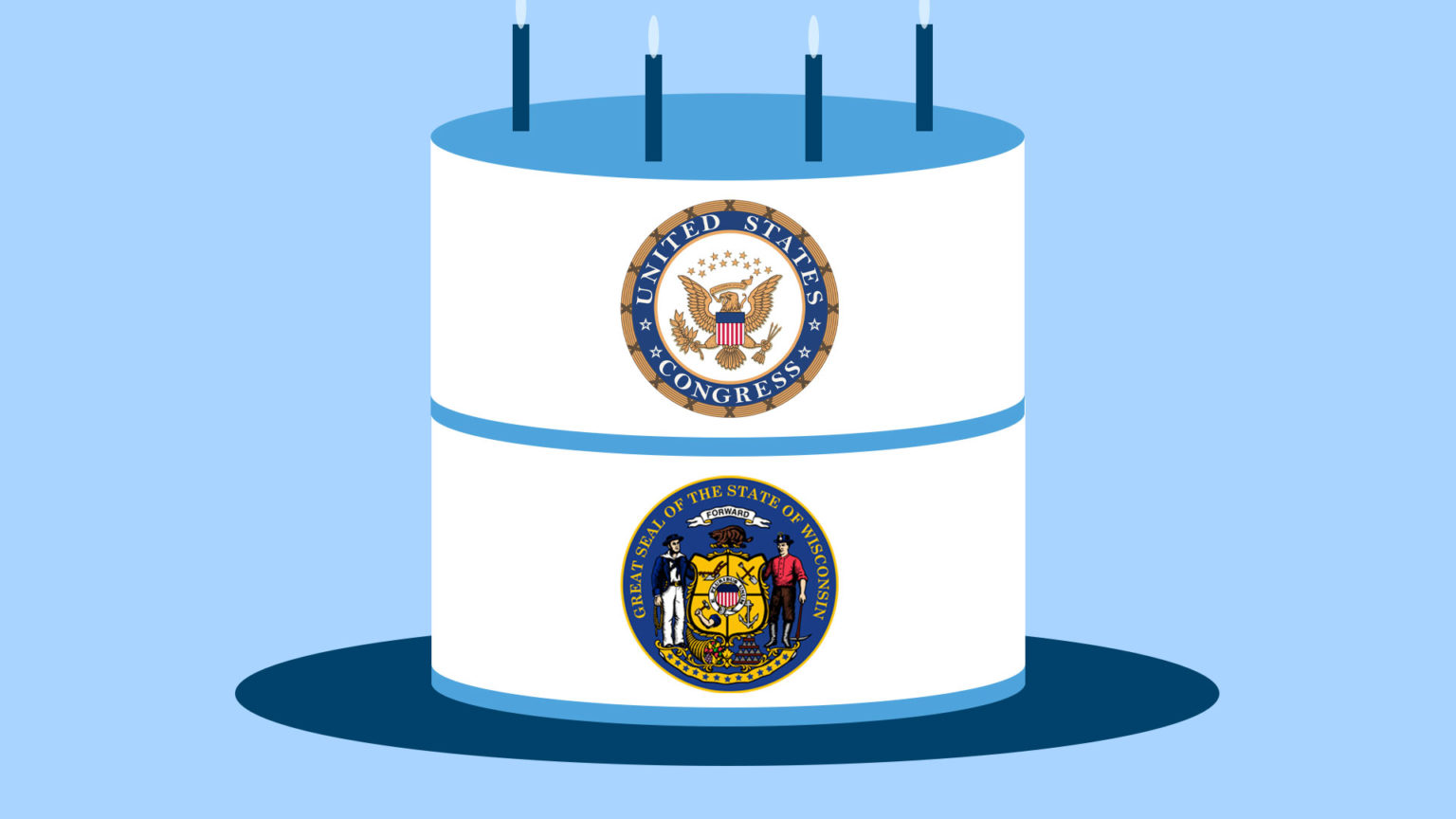
Federalism—the division of power between state and national governments—is often described as either a layer cake (distinct powers) or marble cake (overlapping powers).
Until recently, debates over federalism—the division of power between state and national government—may have been the exclusive province of politics nerds and “Hamilton” super fans. But now it’s part of the national discussion over the response to COVID-19.
Bold actions taken by state governments have received praise on the Wall Street Journal opinion page as evidence of federalism working. The Nation points to federalism as the root of an “absence of national leadership.” And Alexandra Petri gives it a satirical spin in the Washington Post.
But the discussion has not always fit predictable liberal versus conservative patterns. Journalists Nate Silver and Matt Yglesias, generally thought of as left-leaning, surprised their Twitter followers with comments that federalism is working and that appreciation for it may grow.

Don Kettl, professor of public policy at UT-Austin, says the COVID-19 outbreak is “Hurricane Katrina a thousand times over” with local governments overwhelmed in their need to respond to the crisis.
With seemingly perfect timing, Don Kettl’s new book “The Divided States of America, Why Federalism Doesn’t Work” came out last month with a historical and critical view of federalism in practice. Kettl is now the Sid Richardson Professor at UT-Austin’s LBJ School of Public Affairs. For many years, he was a fixture at UW-Madison’s La Follette School of Public Affairs, and he spoke with us about federalism and the response to COVID-19 for this edited Q&A.
PBS Wisconsin: For those people who may be just hearing them for the first time since civics class, can you explain what federalism is?
Don Kettl: Sure. Strictly speaking, federalism is a strategy of allocating power between the national government and the states. There are other countries that have federal systems like Australia and Canada and Germany. Compare this to, for example, the United Kingdom, where the entire system of government is actually under control of what happens in London.
The basic issue is this: you create a national government, and you have individual components or sub-governments. Federalism is a strategy for deciding who has which power to do which things and how the balance of power ought to be set.
This is a battle that we had back in 1787 as we talked about ratifying the Constitution. It is part of the battle that cost Alexander Hamilton his life because he and Aaron Burr fought like dogs about the power of government—on top of the fact that they had a lot of personal differences. But we’ve been fighting about this question of just how united the states ought to be since the very, very, very beginning.
PBS Wisconsin: How was it resolved in the Constitution back then, and what lasting effects has that had on government’s response to crisis?
Don Kettl: The Bill of Rights is this incredible document that, among other things, creates the right of freedom of expression, freedom of assembly. It protects people from unlawful search and seizure. Those are very high principles.
The 10th Amendment of the Bill of Rights says that all of the powers that are not explicitly given to the federal government are reserved for the states. It’s one of the things that the states insisted on before they would ratify the Constitution.
There’s nothing in the Constitution about dealing with a public health outbreak, so the constitution would say, “Well, this now goes to the states.”
However, and this is where things get interesting, there is this provision about providing for the general welfare. And so one could interpret the Constitution as saying there are few things that are more important to the general welfare than trying to make sure that people are protected in the middle of a giant outbreak of a major pandemic.
PBS Wisconsin: Certainly we see, and have come to expect, the federal government taking action in natural disasters. How did that come to be?
Don Kettl: The whole point about floods and tornadoes and hurricanes is this: we can believe in local self-government, but you can have events that just overwhelm the capacity of individual governments to deal with the problems and help their citizens.
There’s a series of laws that have been passed over time to give the federal government expanded powers. One of them is a fairly arcane piece called the Stafford Act, which gives the president the right to declare emergencies. And when emergencies are declared the federal government has a lot of power to come in and not only exercise authority over the situation, but to provide a lot of support. So, when disasters happen, the call goes out for help.
With COVID-19 we have a case where it’s Hurricane Katrina a thousand times over. It’s every local government being swamped, if not now, probably in the future with the need to try to respond.
Kettl discusses how governments’ responses might be different if the current crisis were coming from an identifiable enemy rather than a natural occurrence.
PBS Wisconsin: At the moment, the president is flexing his claim to be able to “open up” the country, whereas before he seemed feel a national stay at home would be outside his purview. How can a president lead when powers may be ambiguous?
Don Kettl: It’s just a little bit unclear about exactly how far the federal government’s power to have a national stay at home order might be. It would be legally possible to issue guidance, but the prime responsibility for creating and enforcing these orders rests with the states.
But beyond the legal authority, the deeper issue lies with the leadership roles and responsibilities. The one thing the president clearly can do is to stand up and define the problem crisply for everybody, to put this on the agenda, to have everybody focus on it and to develop a more unified response, even if the federal government doesn’t—and can’t—do it all itself.
President Trump has decided from the very beginning that he didn’t want to own it. He wasn’t sure that he wanted to define it as a problem. He thought it was a problem that was going to go away. The problems and challenges on which he has focused from the very beginning were more economic than medical and social.
Then as the problem began to grow, the president’s public presence has grown as well. But it’s clearly the case that the governors have been more in the lead in trying to frame policy than has the federal government. And that in turn has had implications for the way in which we as a country respond to the disease.
PBS Wisconsin: What has been the impact of not defining the problem?
Don Kettl: The federal government has been lagging behind, intentionally asking the state governments to go their own roads to determine what it is that works best for them. There is a case for doing that, because the problem has been very different in very different places. The response rolled out differently in different communities. Different communities have faced some problems sooner than others.
But there’s been a big problem in messaging. COVID-19 has been seen by red states in particular as largely a blue state problem at the beginning, until the virus started spreading pretty much everywhere. There’s been competition among the states for supplies and equipment with governors bidding against each other for a limited supply. There’s been a reluctance of the federal government to try to gear up the production process, to try to help deal with these kinds of issues.
So all the tensions that exist in the intergovernmental system and in federalism—all those things that we saw at the very beginning when Madison and Jefferson and Hamilton and Burr were fighting over—these things are now rearing their head again in a way that reminds us about some of these basic issues we’ve been fighting about for literally hundreds of years.
PBS Wisconsin: Of course, your book was finished long before this crisis. But your main critique is that federalism has led to great inequities across the states, something COVID-19 may be revealing. How did you draw that conclusion?

Cover of Kettl’s book “The Divided States of America: Why Federalism Doesn’t Work.” (Courtesy: Princeton University Press)
Don Kettl: The first reason why I wrote the book was to put federalism back on the map. But then secondly, I wanted to figure out what the implications of federalism were for today and, at the start, I didn’t really know what the conclusion was going to be. Now, however, it’s far more clear.
In American federalism, we have this marvelous set of institutions that have helped the country to endure through all sorts of crises for now more than 200 years. But as COVID-19 demonstrates, the differences among the states have been growing, with more and more states going in different directions.
The kind of government that you get increasingly depends on where you live. And that, as a result, is now leading to growing inequality. We have lots of roots of inequality in this country, but an important one, for the most part unexplored, is the fact that the quality of health care, quality of environmental protection, the quality of prisons, the quality of roads—these all flow from fundamental differences between the states. Federalism is a significant but largely unnoticed driver of inequality in this country.
And that’s the argument of the book: our government is not only less united, but it’s fueling inequality. That inequality is increasing polarization, and that’s making it harder for us to govern ourselves. And as we look to the next third of the 21st century, that’s the huge challenge for keeping the United States of America truly united.
 Passport
Passport




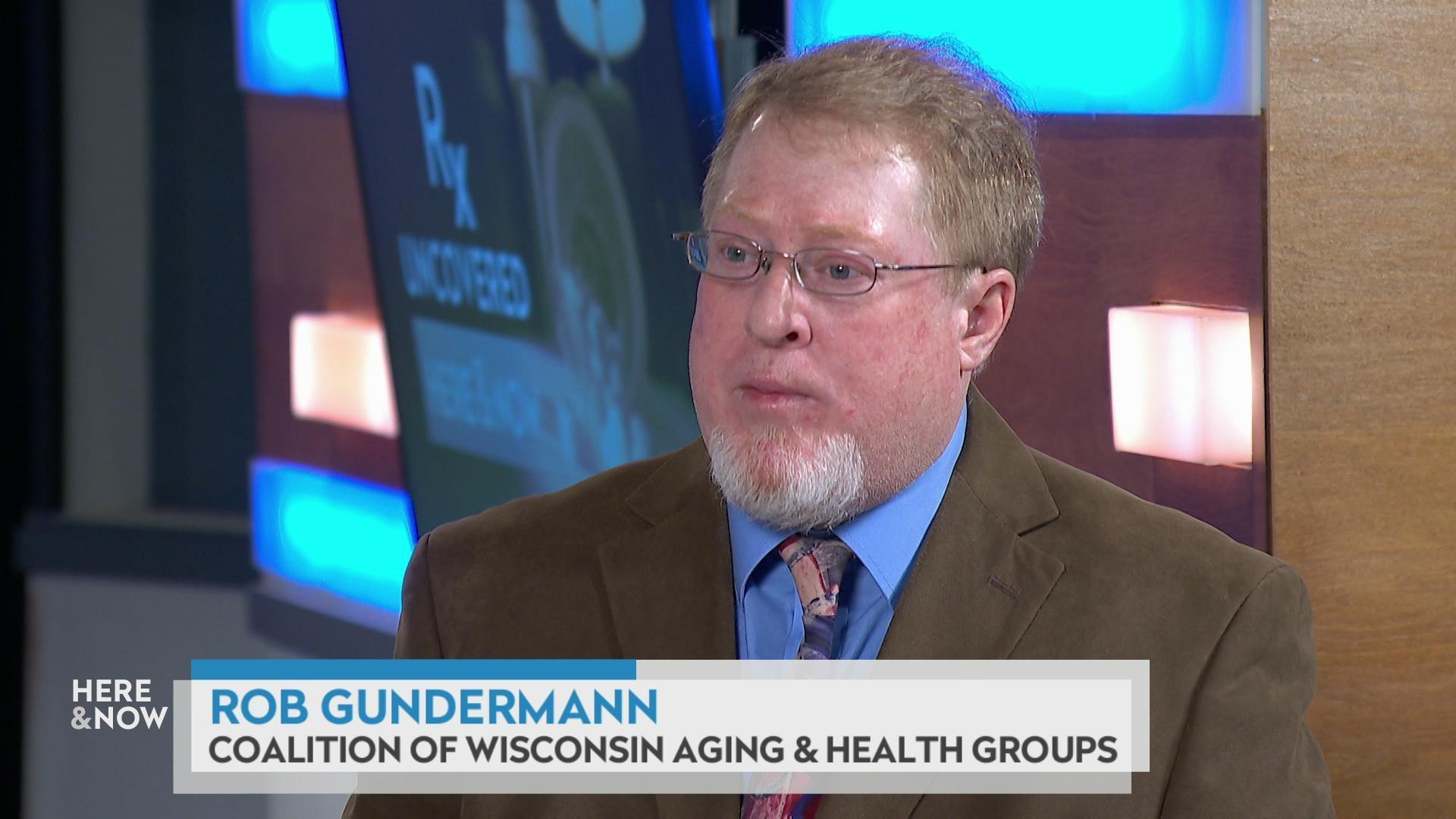
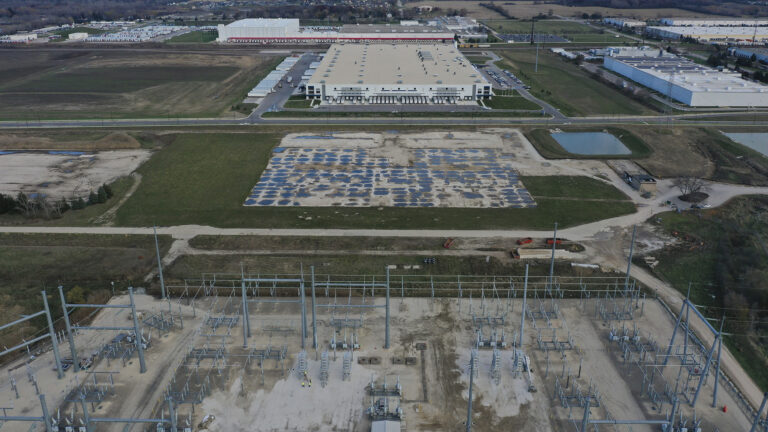
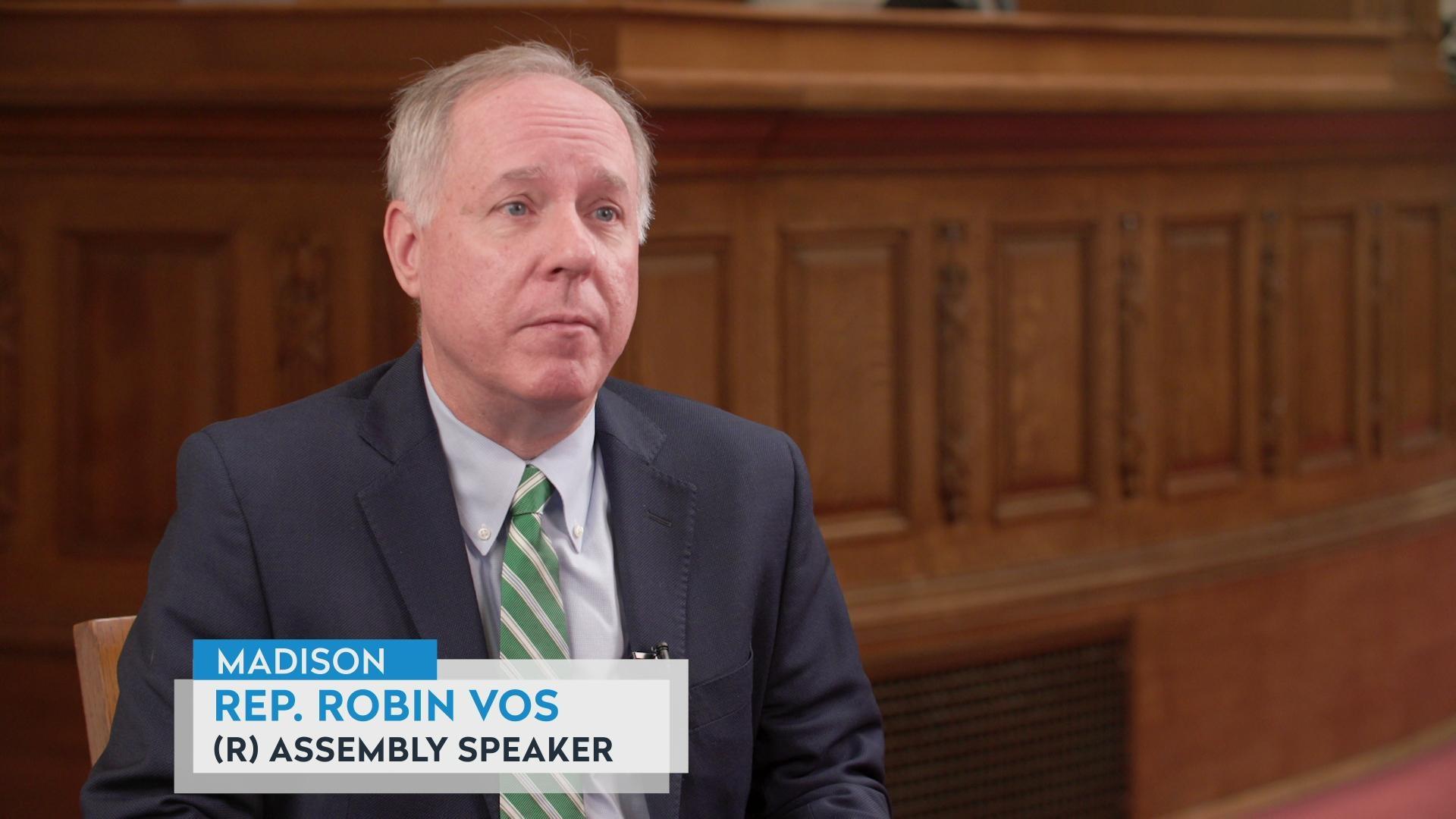
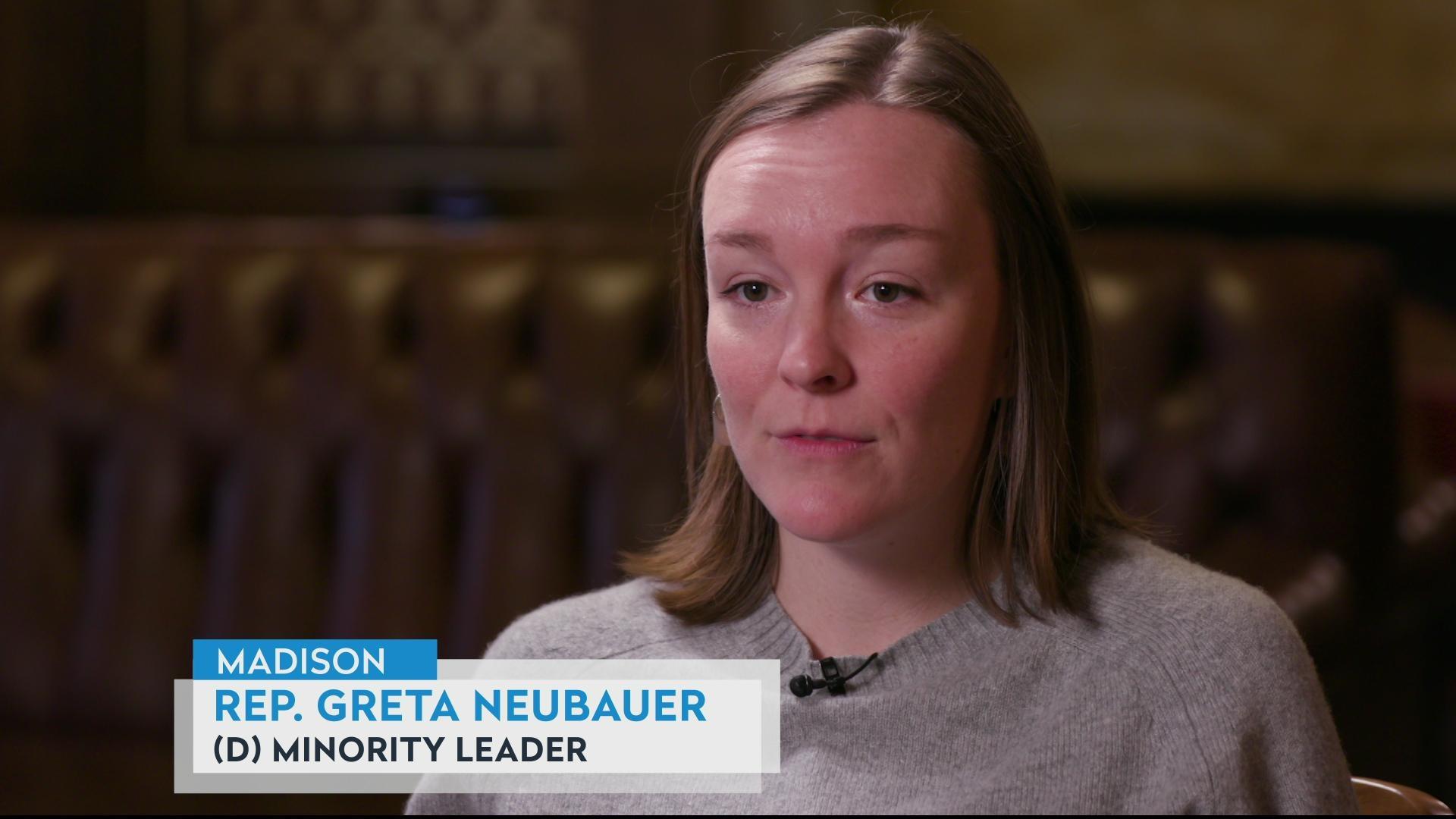
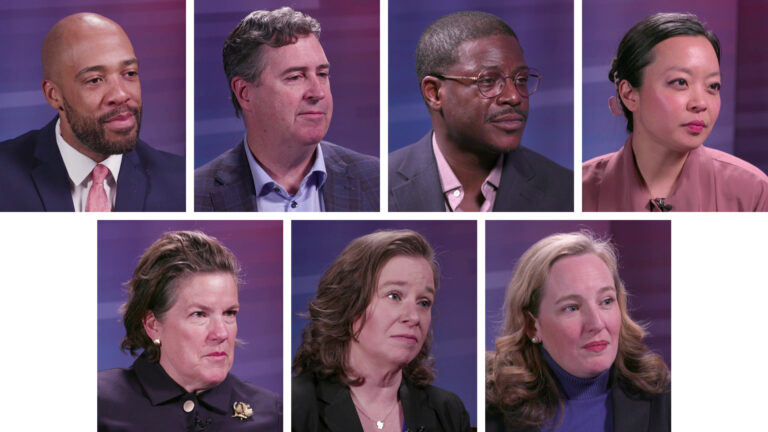
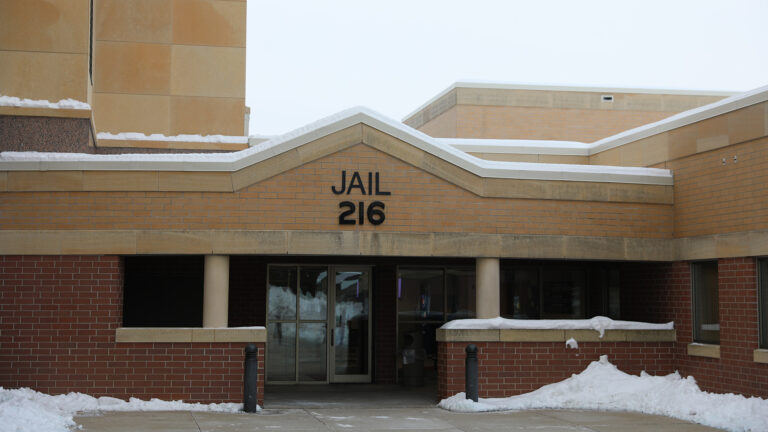

Follow Us